We know how dominant and pervasive Facebook has become in our daily lives, and recent data shared by the king of social media confirms this impression. Let’s not forget that when we say Facebook, we must also keep Facebook Messenger, WhatsApp and Instagram in mind, which are all big players in their own right.
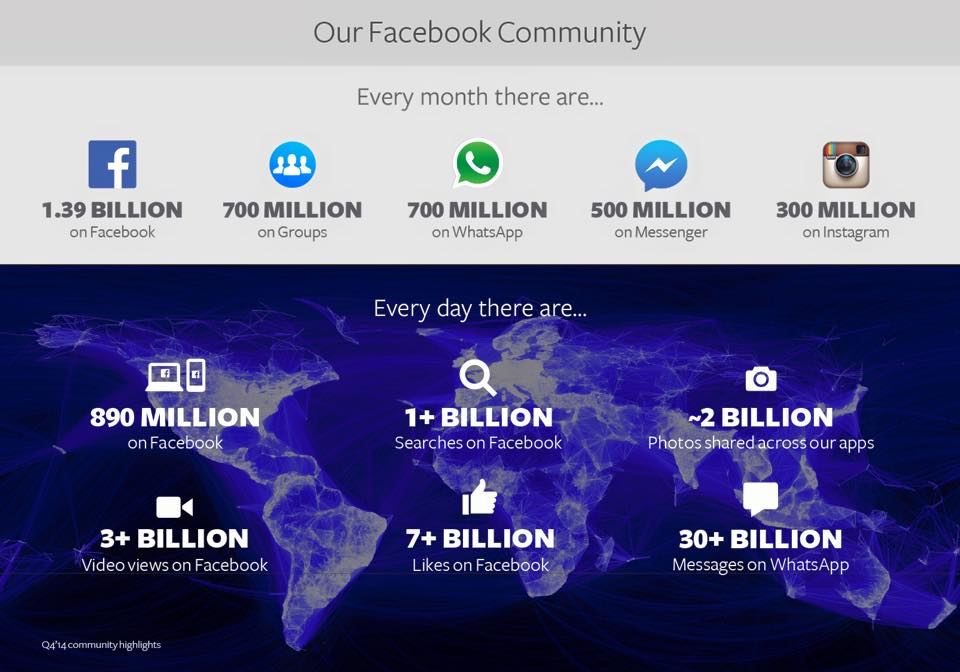
By now, any brand with a digital travel marketing strategy in place will have some role for Facebook in its overarching approach.
And while we know organic reach is nowhere near where it once was, this doesn’t mean travel brands ought to forget Facebook outright. I had previously addressed this in the posts What Role for Facebook in the Online Travel Landscape as well as Social Media Best Practices in Travel: Facebook.
5 ways Facebook can help reaching customers
Facebook has greatly improved its native advertising platform, making it easy to set-up campaigns with various creative, ranging budgets and audiences per age, gender, location and other classic segments. But perhaps you are not so familiar with these lesser-known segmentation possibilities?
1. Target travelers based on interest
When setting up your target audience in Facebook, whether going through the native advertising platform or Power Editor, you have the opportunity to select and refine your audience by interest. In particular, their travel preferences, for example: beach, adventure, cruises, hotels, theme parks, etc.
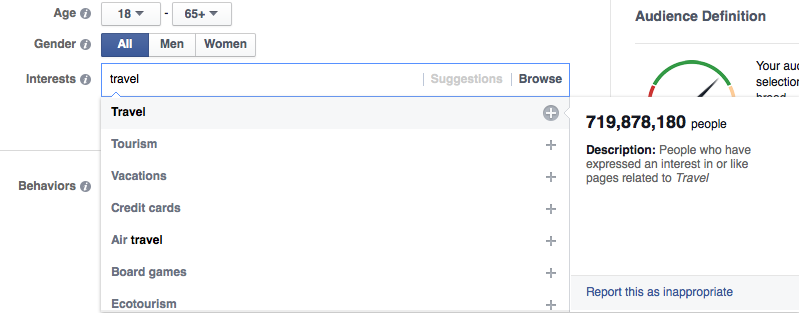
NOTE: Travel is a sub-section of the “Hobbies and activities” section. For other hospitality stakeholders, you may want to target with “food”, “restaurant”, “shopping”, “sports” and the other many categories and sub-categories available in order to reach a more pertinent audience for your goals.
2. Target users based on travel intent & behavior
Right under the “interest” section comes the “behavior” segment, where you can actually find and target various kind of travelers: frequent travelers, business travelers, commuters, international frequent travelers.

And better yet, based on data shared on our Facebook feeds and through the Facebook network, there is also the possibility to target users based on their planned or intended travels! So let’s say a user’s activities on Facebook suggests an interest for a weekend getaway in New York City, this may be a target audience for a destination manager in Chicago, Philadelphia or Boston. Right?

NOTE: As a Canadian marketer, I find it too bad there is still no “Intender – Canada” sub-segment, but hopefully this will be available in a near future. Wishful thinking?
3. Target travelers based on location
![]()
A feature freshly introduced by Facebook now allows to target a user based on his or her location. Since we know more than 80% of users access Facebook through its mobile application and that 85% of travelers carry their mobile device with them, even on international trips, there is a tremendous potential to send relevant offers and push information about what to see and do at a destination, where to eat, and even where to sleep.
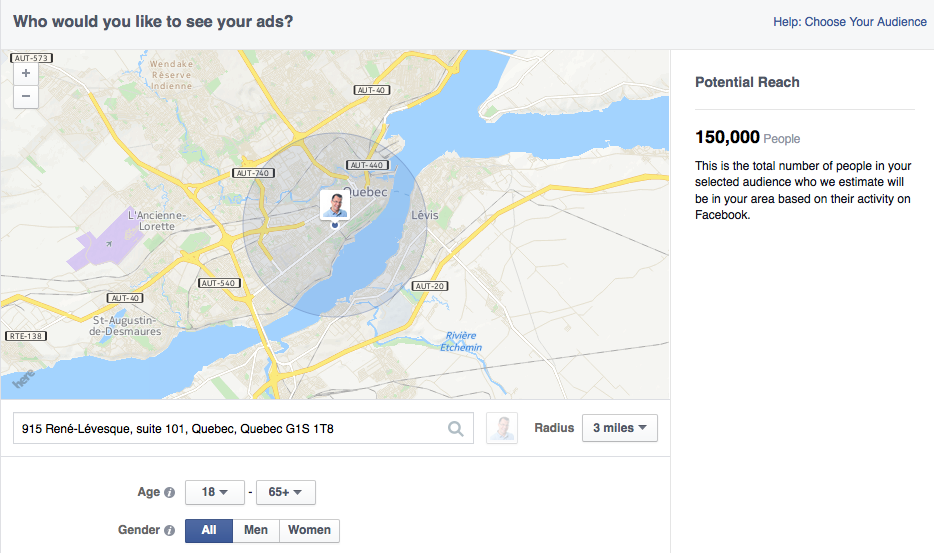
All you need to do is define the location, the radius to which extent you wish to communicate, and then set-up a budget as per any usual campaign. It’s easy to imagine how a restaurant could set-up a promotion or offer, showing up only to people within walking distance or quick drive, for example.
4. Create look-alike audiences
The reason many marketers flock to Facebook is in great part due to its ability to create personalized audiences to target, for example based on existing lists and databases that a company owns.
Likewise, we can create “look-alike” audiences, which replicate patterns and behaviors of existing users in a given list or target audience, and thus reach out to a whole new potential audience with mirror features we are looking for.
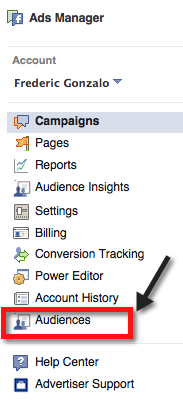
I recently uploaded a list with 2,800 qualified names on Facebook, creating a personalized audience. Using the “look-alike” feature, I was able to target 220,000 people, in a given geographic area, that shared similar interested and behaviors.
The campaign that followed was a success for various reasons, but one key performance indicator was to see if I could grow my base of newsletter subscribers. If you are aiming to reach travelers and folks who share similar values and online behaviors with them, look-alike audiences is nice feature to (re)discover.
5. Use video content and ads
Last but not least, it’s still time to jump on the video bandwagon. Did you know there are now more videos being watched on Facebook than on YouTube? Better yet, did you know Facebook recently moved ahead of YouTube in terms of videos being downloaded to its network?
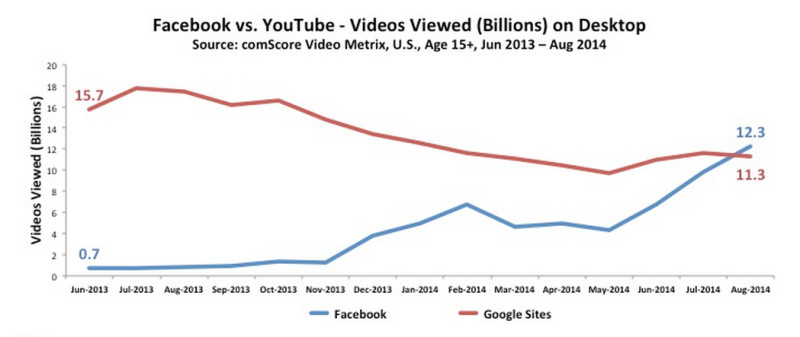
Since travel and hospitality are highly visual and emotional experiences, it’s no surprise to see brands embracing photos and videos to tell their stories, in particular through the eyes of travelers. That’s why there are more and more user-generated content initiatives, and we can expect to have even more as peak summer season is coming soon!

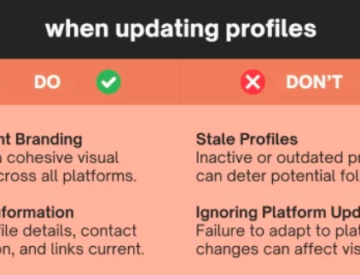







Leave a Reply